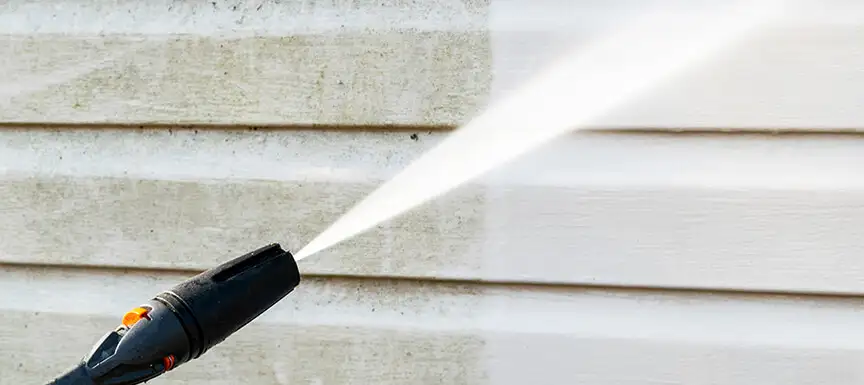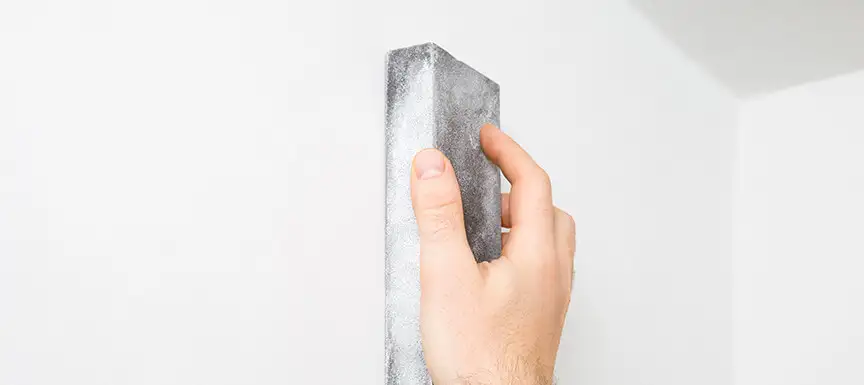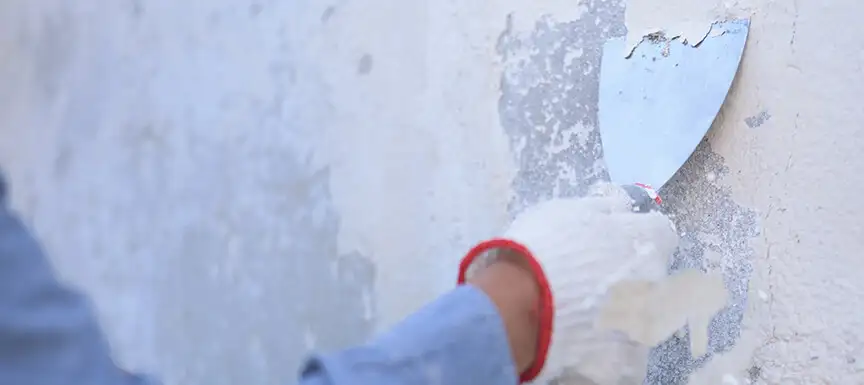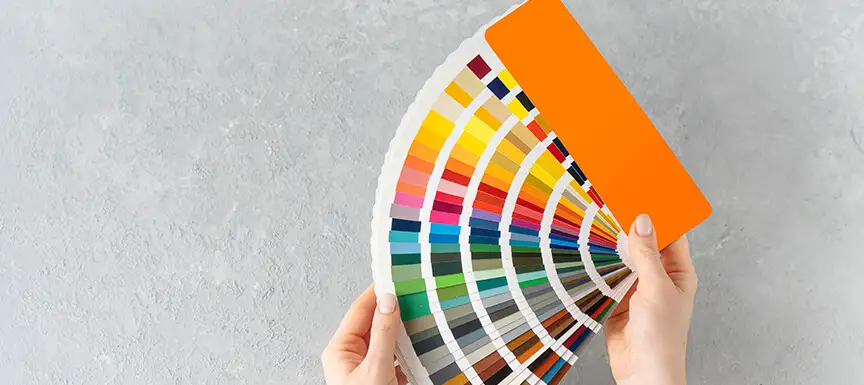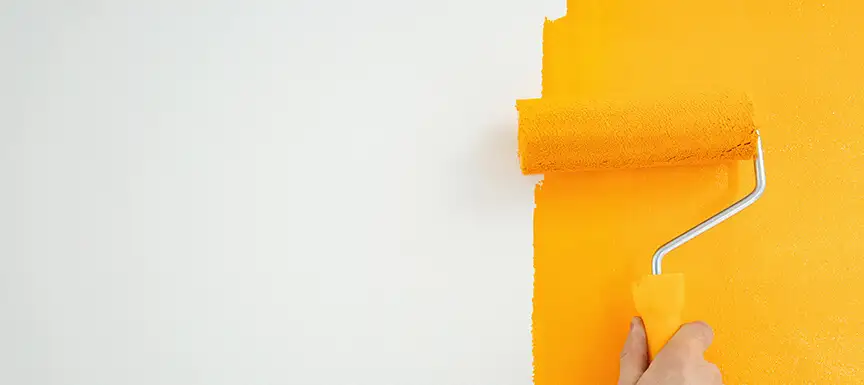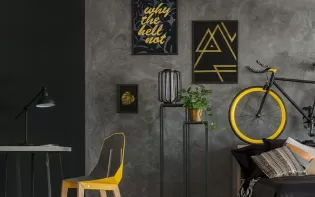
How To Paint Your House - Learn Steps to Paint Your House Like a Pro
Published: 30 Jun 2022 | Modified: 11 Sep 2025

Create Your Dream Home With Our Painting Experts
Fill the form below to book a free site evaluation by Nerolac Nxtgen painting Services expert
TABLE OF CONTENTS
Nerolac Paints, a leading paint company in India offers a wide range of wall paint colours & painting services & solutions for homes & offices.
-
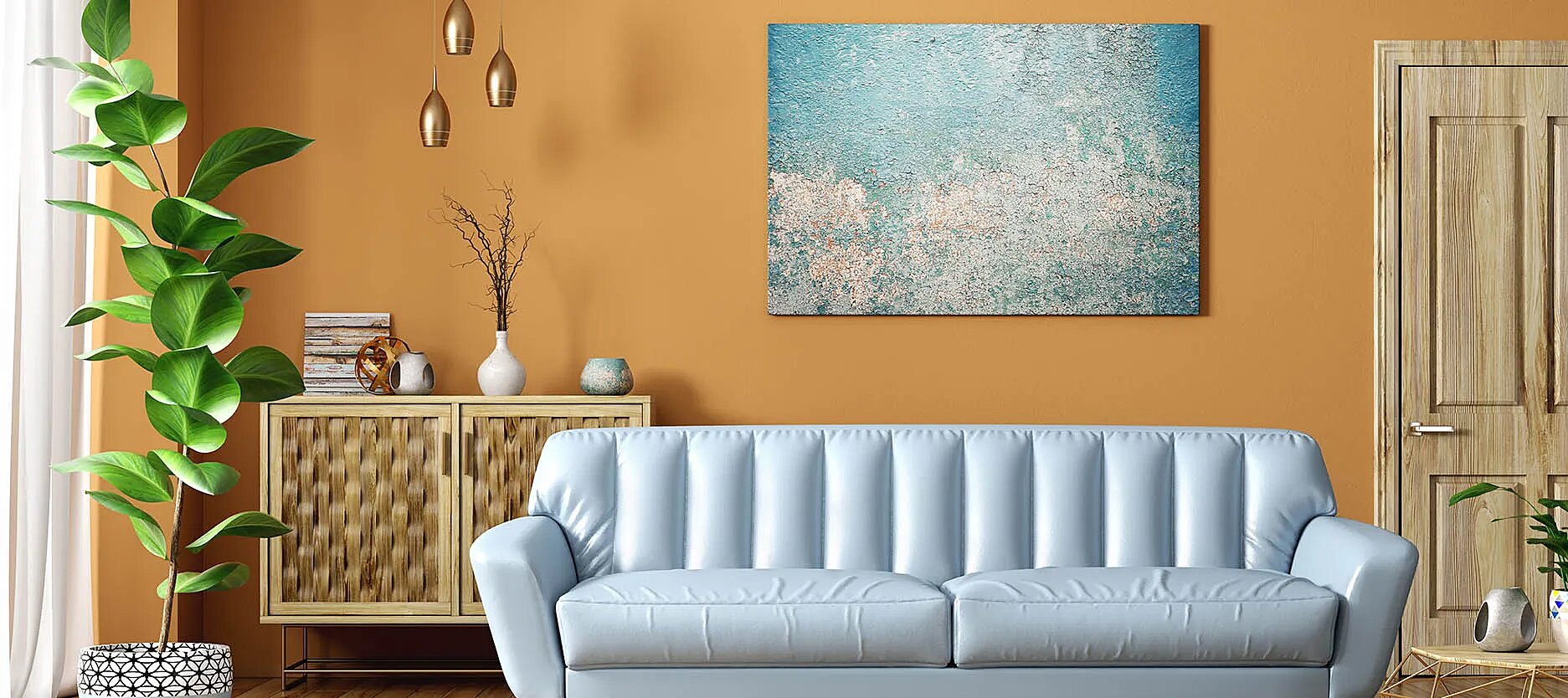
Best Colour Combination For Walls To Elevate Your Home Interiors Best Colour Combination For Walls To Elevate Your Home Interiors
Intoduction:In 2025, harmonious colour schemes for individuality and…
-
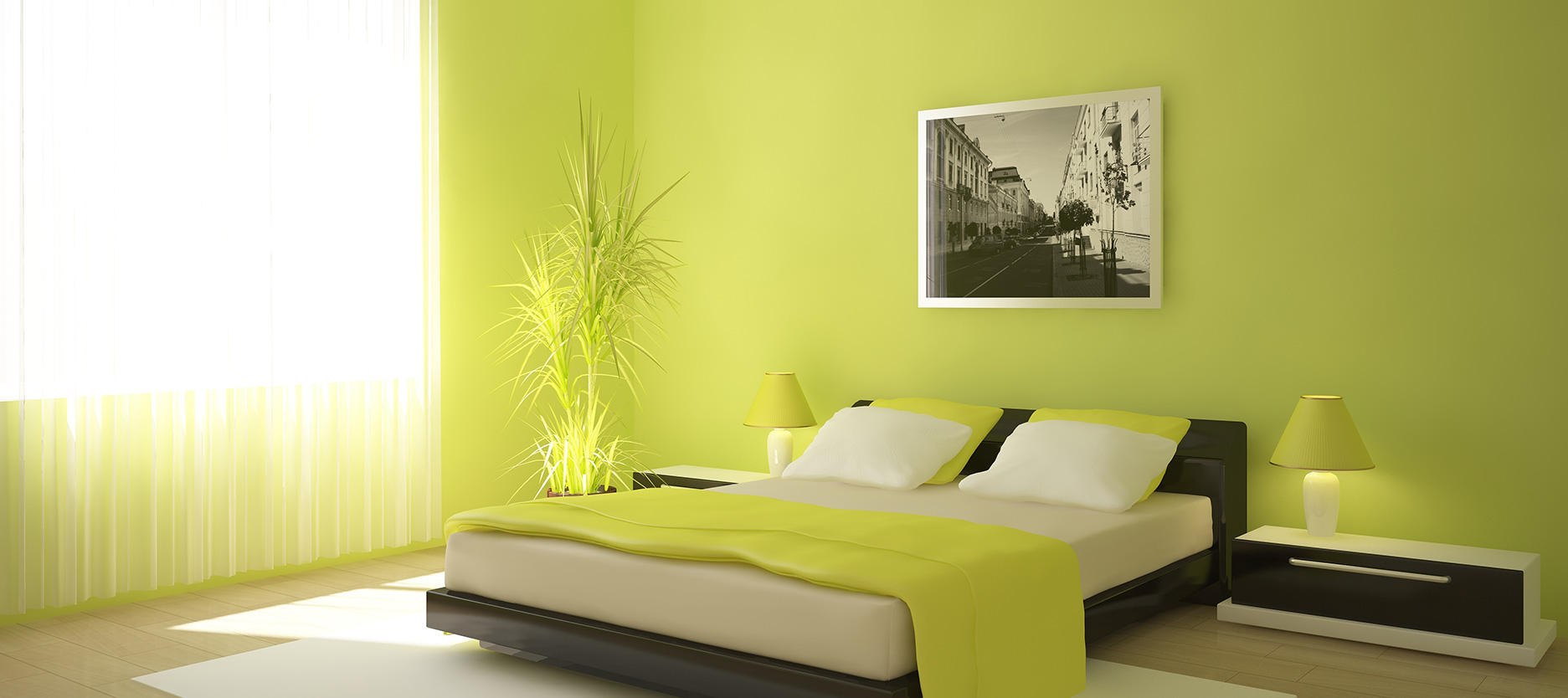
Best Green Colour Combinations for Walls – Schemes & Design Ideas Best Green Colour Combinations for Walls – Schemes & Design Ideas
Introduction:Green has long been a favourite choice in home decor…
-

What Colours Match with Blue? 14 Colour Combinations with Blue for Your Home What Colours Match with Blue? 14 Colour Combinations with Blue for Your Home
Blue is a universally popular colour for décor and design; choosing a colour…
-
Recent Blogs
- Vibrant Diwali Decoration Ideas for Living Room, Pooja Room & Balcony
- Diwali Wall Painting Ideas – Easy Art & Colour Designs
- Festive Home Paint Colours: Transforming Your Walls and Décor
- Vibrant Diwali Paint Designs - Transform Your Home This Festival Season
- Creative Diwali Decoration Ideas for Indoors and Outdoors
-
Get in Touch
Looking for something else? Drop your query and we will contact you.
FAQs
How to paint exterior walls?
In order to paint exterior walls, you need to follow the process outlined above step by step. We begin with cleaning and prepping the walls. We then move on to priming and then applying the coats of paint.
Do professional painting services take care of planning and cleaning up?
Our professional painters will help you plan your wall paints, plan your budgets and time frame and clean up after the project is over. We provide a start to end service.
Can the same supplies and materials be used for interior and exterior painting projects?
While the basic supplies like brushes and rollers remain the same, the paints and finishes will differ. Even the size of the rollers and the pole may differ because exterior walls are larger in size.
Get in Touch
Looking for something else? Drop your query and we will contact you.
Popular Post
Popular Searches
-

Get in Touch Get in Touch -

Store Locator Store Locator -

Download App Download App
×
Get in Touch
Looking for something else? Drop your query and we will contact you.

